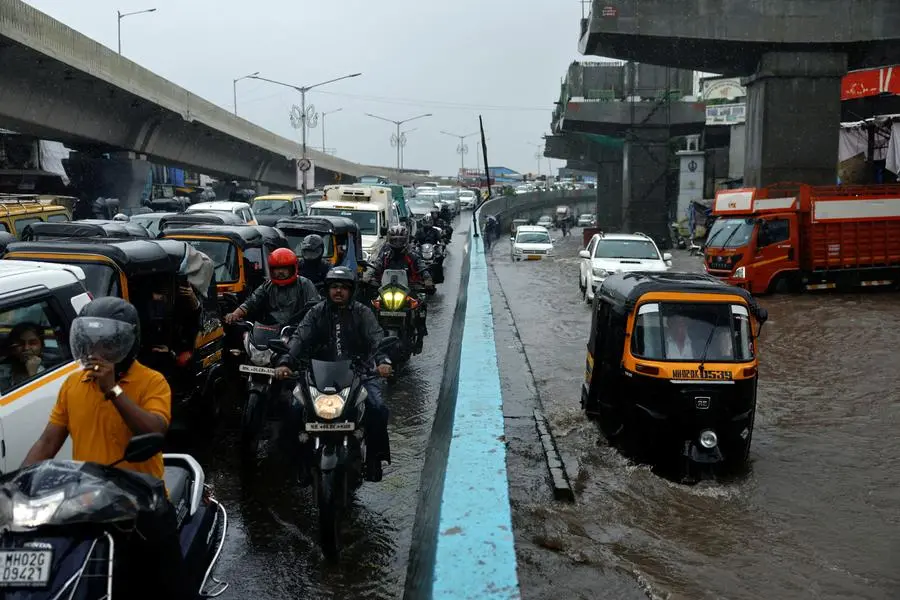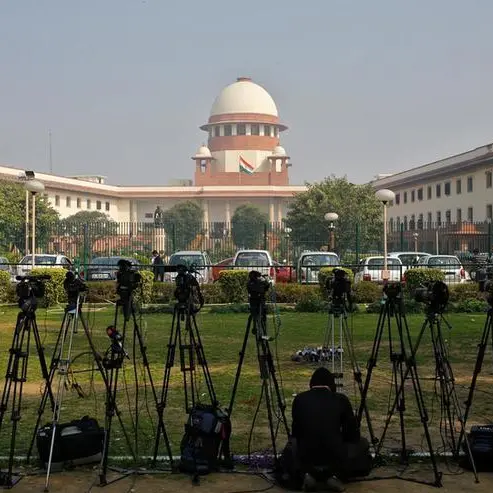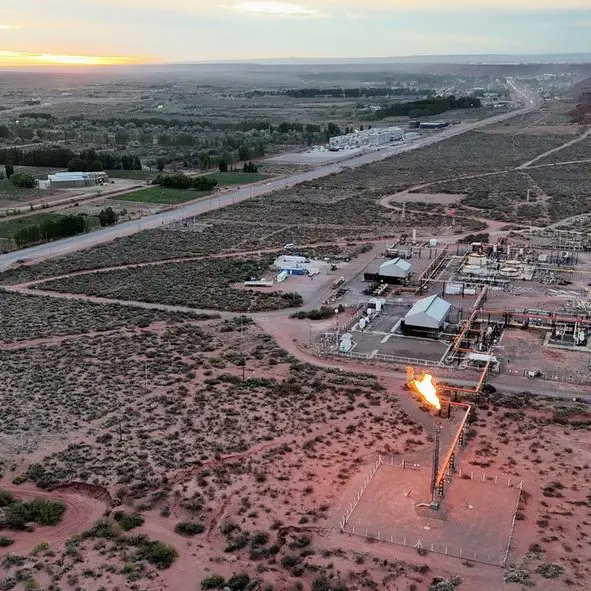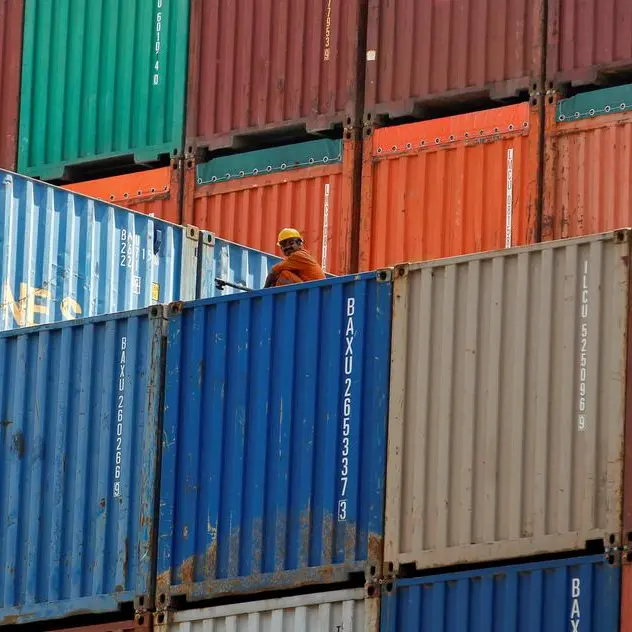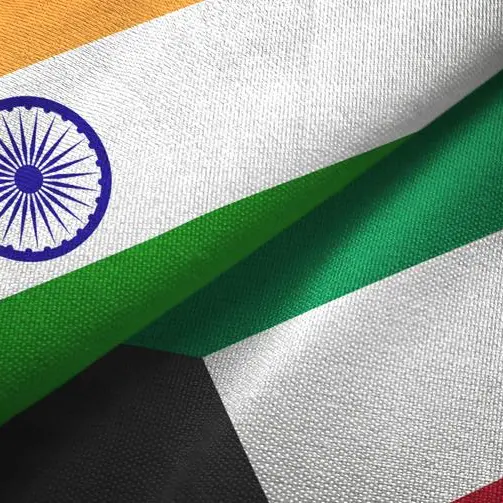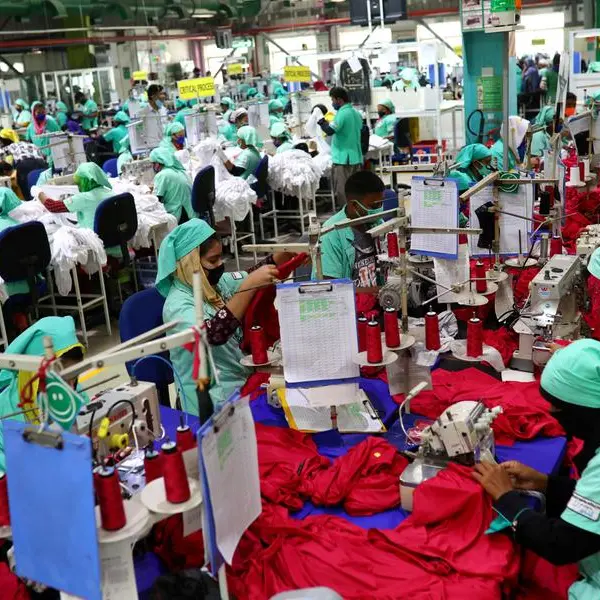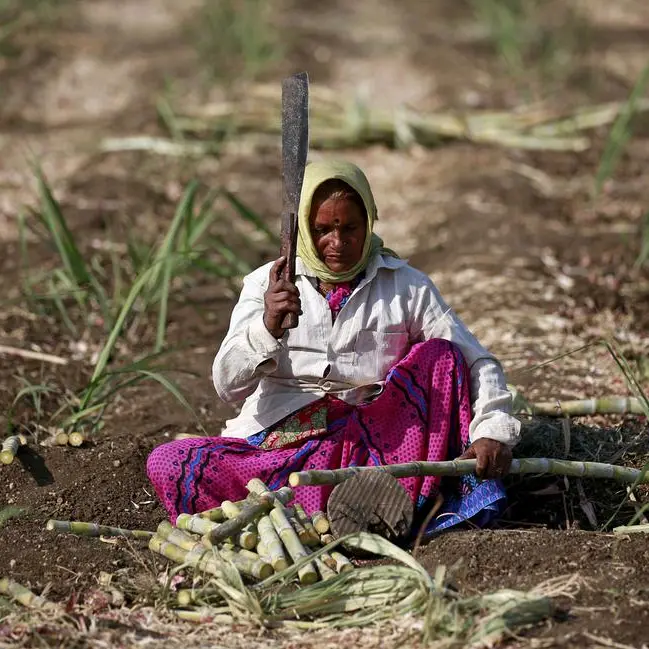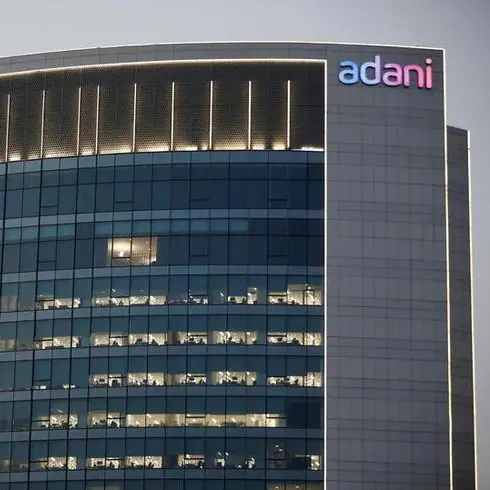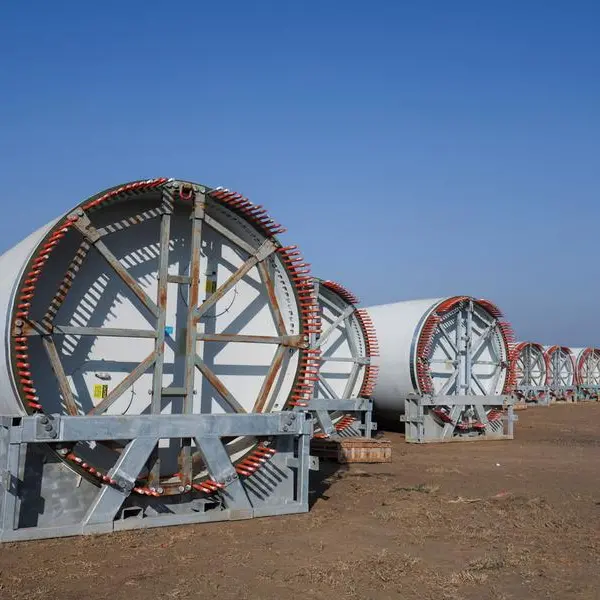PHOTO
India received 9% more rainfall than average in July as the monsoon covered the entire country ahead of schedule, delivering heavy rain in central and southern states, weather department data showed on Wednesday.
The lifeblood of the nearly $3.5 trillion economy, the monsoon brings nearly 70% of the rain India needs to water farms and refill reservoirs and aquifers.
Without irrigation, nearly half of the farmland in the world's second-biggest producer of rice, wheat and sugar depends on the annual rains that usually run from June to September.
In July, southern and central regions of the country received nearly a third more rainfall than the average, while east and north-eastern regions received 23.3% less rainfall, according to the India Meteorological Department (IMD).
The north-western part of the country got 14.3% less rainfall than average.
The surplus rainfall in July helped erase June's rainfall deficit of 10.9%, and the country has received 1.8% more rainfall since the start of the monsoon season on June 1.
Summer rains, critical for economic growth in Asia's third-largest economy, usually begin in the south around June 1 before spreading nationwide by July 8, allowing farmers to plant crops such as rice, cotton, soybeans and sugarcane.
This year monsoon covered the entire country six days ahead of the usual time of arrival, helping farmers to accelerate planting of summer-sown crops.
(Reporting by Rajendra Jadhav; Editing by Alex Richardson)
